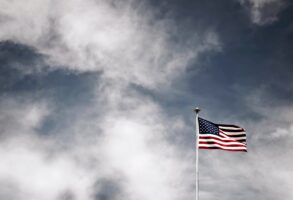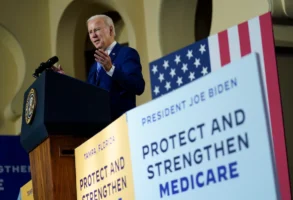Published January 19, 2016
The media have decided that Iowa is a two-man race between Donald Trump and Ted Cruz. That may end up being true, but past history suggests someone will surge in the last two weeks to take first or second in a huge upset.
That’s what happened in 2012. Two weeks out, Newt Gingrich led the Iowa polls. One week out, Romney, Paul, and Gingrich were locked in a three-way battle. Ultimate winner Rick Santorum was running fifth or sixth in polls taken earlier than the last few days before the caucus. Even then, the last polls taken still had the Pennsylvania Senator running in third.
It’s not that the polls were wrong about most of the candidates. The final polling average pegged Ron Paul almost to the tenth of a percent, and nailed Gingrich and Perry to within a percent. But while the polls were off on the moderate side (Romney got two points more, and Huntsman three points less, than their final averages), they were way off on the evangelical lane.
Michelle Bachman received over three points less than her final polling average, and Rick Santorum – the ultimate winner! – polled 8.6 points above his final polling average. Even worse, not a single poll got within six percent of Santorum’s final mark.
Something similar happened in the 2004 Democratic caucus. The last few polls taken before the big day showed a four-way horse race, with no more than eight points separating first from fourth. The Zogby tracking poll showed John Edwards in fourth place less than a week before the caucus, and its final poll had him in third one point behind Howard Dean. Even the Des Moines Register poll, which pegged the final order correctly, showed massive movement in the final week before the caucus, with Kerry and Edwards rising and Dean falling.
No poll showed how lopsided the final results would be. Kerry’s beat Dean by eleven points in the final DMR poll, a ten point gain over three days. His real final margin: twenty points. John Edwards had surged from twenty-two to twenty-five percent in the the three day DMR tracking before the caucus. He received thirty-two percent on caucus night.
I don’t know who will fall and who will surge, although I have some guesses that I will detail in a follow-on post. But with 56 percent of potential caucus goers telling the Des Moines Register that their minds are still not made up, anything can still happen – and probably will.
Henry Olsen is a senior fellow at the Ethics and Public Policy Center.








